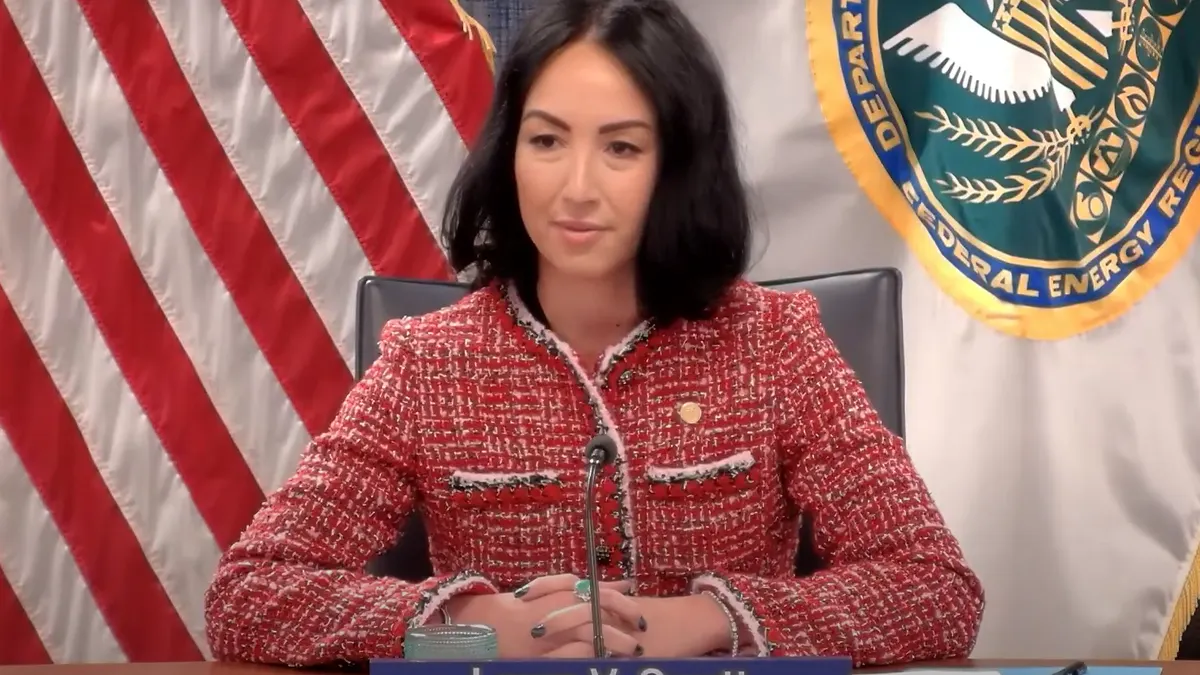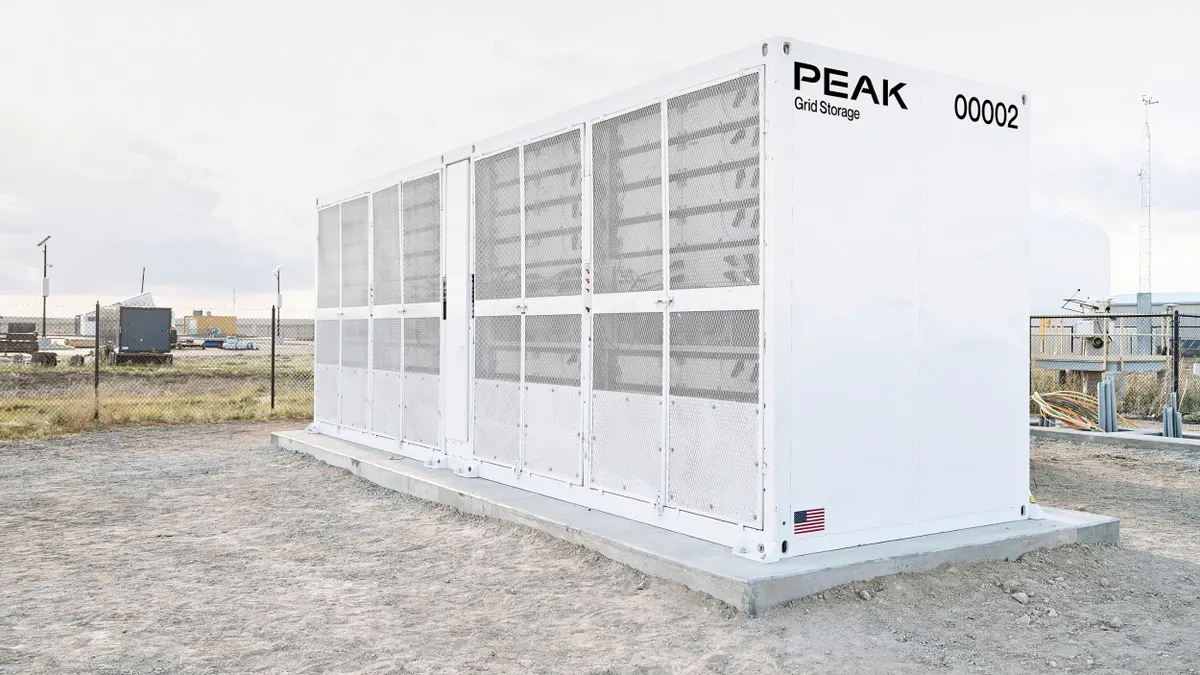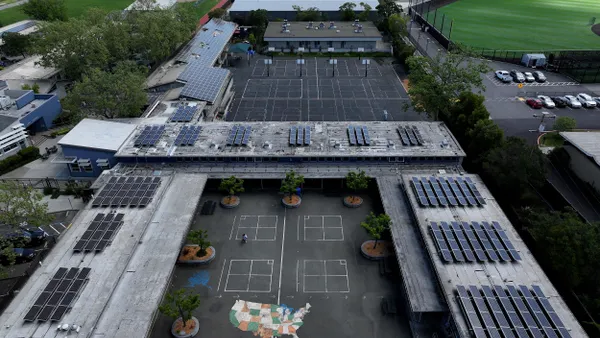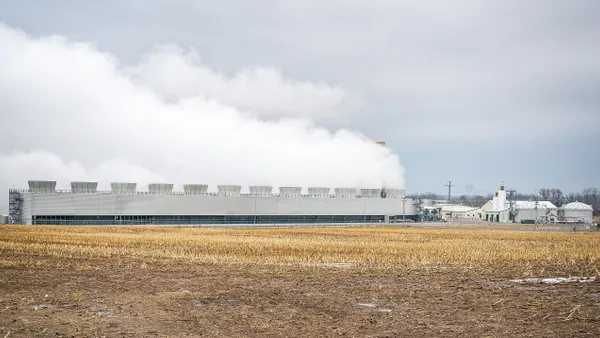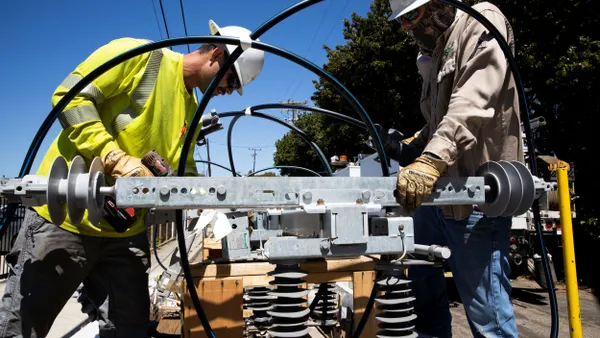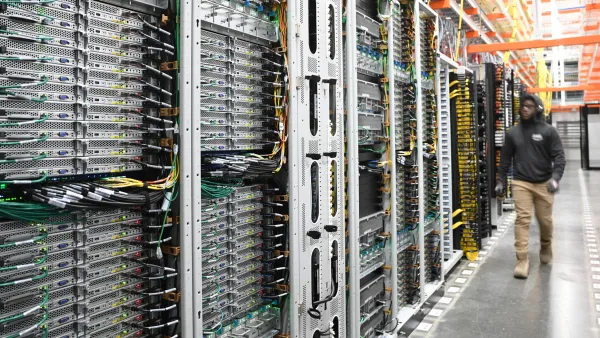Two 10-MW battery projects in Virginia announced this week could be part of a wave of new storage deployments in the PJM Interconnection following reforms to its surplus interconnection rules and mounting pressure over capacity prices.
Patterson Enterprises intends to build two 10-MW, four-hour lithium iron phosphate battery projects in A&N Electric Cooperative’s service territory in eastern Virginia with financing from Climate First Bank, the companies said Wednesday. The bank provided $32 million in financing for the projects, according to Chris Cucci, the bank’s chief strategy officer.
Cucci said in an interview Climate First Bank is considering financing two other 10-MW storage projects in A&N’s territory. In part, interest in battery storage in the Delaware-Maryland-Virginia region is driven by data center growth, he added.
“If we can put more of these battery storage projects in place … we avoid the need to set up peaker plants, which are typically pretty inefficient,” Cucci said.
PJM lags behind other parts of the country, particularly California and Texas, when it comes to energy storage, federal data shows. At the start of 2024, PJM had 376.1 MW/378.1 MWh of storage, while the California Independent System Operator had 8.1 GW/27.1 GWh, and the Electric Reliability Council of Texas had 3.8 GW/5.6 GWh, according to the U.S. Energy Information Administration’s most recent report on battery storage market trends.
A recent report by the Brattle Group, commissioned by the U.S. Energy Storage Coalition, concluded PJM needs to add 43 GW of storage by 2045 to ensure reliability and mitigate cost increases.
The market differences are partly driven by PJM’s relative lack of renewable energy penetration, according to Maria Scheller, a vice president at ICF, a consulting firm. Storage resources receive significant value during “duck curve” periods when generation needs to come online to replace fading solar generation at the end of the day, Scheller said.
Also, until recently, PJM had relatively restrictive rules that limited storage penetration in its markets, according to Scheller. But key changes adopted earlier this year could open the door for increased storage development at a time when the grid operator is tight on power supplies, she added.
In February, the Federal Energy Regulatory Commission approved changes to the PJM’s surplus interconnection rules governing the use of underused interconnection capacity at existing power plants. The grid operator’s previous rules effectively prevented battery storage from being used in cases where there was available interconnection capacity, according to clean energy trade groups.
They estimate the reform could open up 26 GW of interconnection capacity for new resources at a time when PJM is desperate to bring new capacity online. The operator’s capacity auctions set record high prices two years in a row, and the issue of cost has become a very public and political conflict with some governors threatening to pull their states out of the market.
In response to capacity constraints, PJM launched a fast-track interconnection review that selected 51 projects totaling 11.8 GW, dominated by gas. But it also includes about 2.3 GW of storage projects that could be online much sooner, Scheller said, in addition to about 4 GW of storage projects that have interconnection agreements.
“In total, we have 7 GW of storage that can materialize very quickly and be meaningful for the next two [capacity] auction periods in PJM,” Scheller said.
Some states in PJM’s territory, including New Jersey, Maryland and Virginia, have also adopted storage capacity goals that could add momentum, she added.
The New Jersey Bureau of Public Utilities in June approved a plan to procure at least 1 GW of storage in two auctions as part of the state’s goal of having 2 GW of storage by 2030.
Maryland on Oct. 14 started a solicitation for 800 MW of storage as part of a plan to add 1.6 GW in the state.
In 2020, Virginia adopted a target of at least 3.1 GW of storage by the end of 2035. Earlier this year, Gov. Glenn Youngkin vetoed legislation that would have increased that target.





